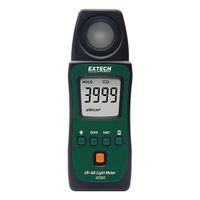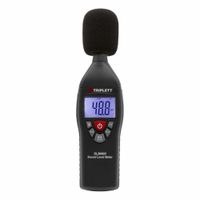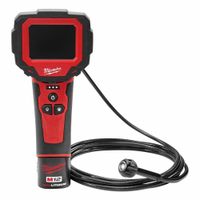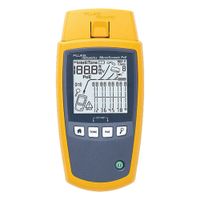- Home
- Test Instruments
.....Read More

Air Movement & Quality Testing

Combustion Testing

Concrete, Asphalt & Pavement Testing

Data Recording

Electrical Power Testing

Electronic Bench Testing

Force Testing

Leak Testing

Light Testing

Nonelectrical Properties Testing

Pressure & Vacuum Measurement

Process & Pressure Calibration

Replacement Parts for Construction and Road Material Testing

Rotational Speed Testing

Sound Testing

Temperature and Environmental Measurement

Thickness Testing

Vibration Testing

Video Inspection Equipment

Voice & Data Testing
Frequently Asked Questions
What are the best MRO test instruments for industrial use?
How do infrared thermometers work for diagnosing equipment issues?
What is the difference between analog and digital multimeters?
How to choose the right thermal imager for facility maintenance?
What are the key features to look for in pressure gauges?
How can indoor air quality testers improve workplace safety?
What are the most reliable diagnostic test equipment brands?
How often should industrial testing equipment be calibrated?
What are the common applications of MRO diagnostic tools in laboratories?
How to troubleshoot facility issues using test instruments?